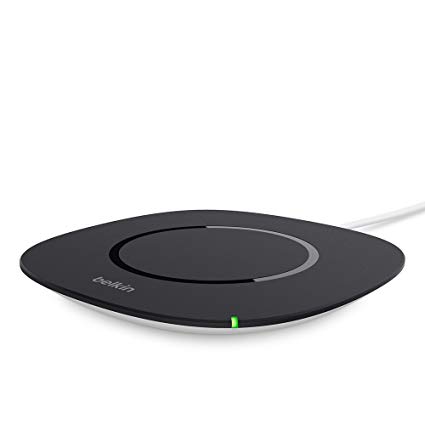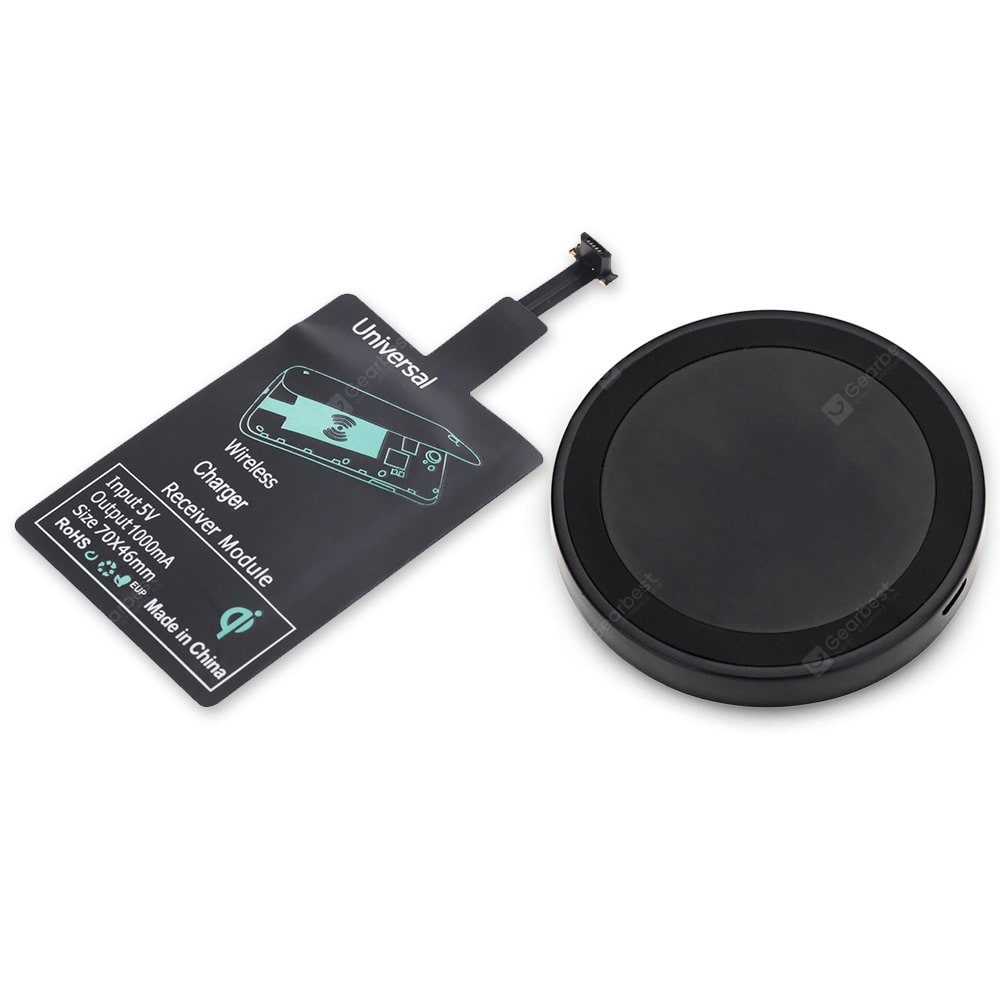In the previous article, you had got about Wireless charging and its principle, Today I will give you some information on “Qi Wireless Charging” is an open interface standard. It defines wireless power transfer using inductive charging over distances of up to 4 cm (1.6 inches). Also, it is developed by the Wireless Power Consortium. The system uses a charging pad and a compatible device, which is placed on top of the pad, charging via resonant inductive coupling.

Under the Qi specification, “low power” inductive transfers deliver power below 5W using inductive coupling between two planar coils.
First released in 2008, the Qi standard had by 2016 been incorporated into more than 140 smartphones, tablets and other devices.
The principle is very simple: the Qi Sender (Charging Station) transfers the required energy to the Qi receiver (the mobile phone).
In addition to simply getting to market first, the inductive charging used by Qi. It is also more energy-efficient than resonant charging used by competitors and the components are smaller. That means inductive Qi chargers can be less bulky and take up less space.

This further spurred others to adopt the Qi standard, and within the next few years, nearly every major Android phone manufacturer had built Qi wireless charging into its flagship phone.
Mobile device manufacturers that are working with the standard include Apple, Asus, Google, HTC, Huawei, LG Electronics, Motorola Mobility, Nokia, Samsung, Blackberry, Xiaomi, and Sony.
Read Also:
- A Beginner’s Guide to NFTs Market: What You Need to Know
- How to Choose a Web Hosting?
- Creating an Autism-Friendly Home: Complete Guide for Parents
- Lifestyle Changes for Coping with Depression
- Newborn Ear Piercing Safety: Tips for Parents